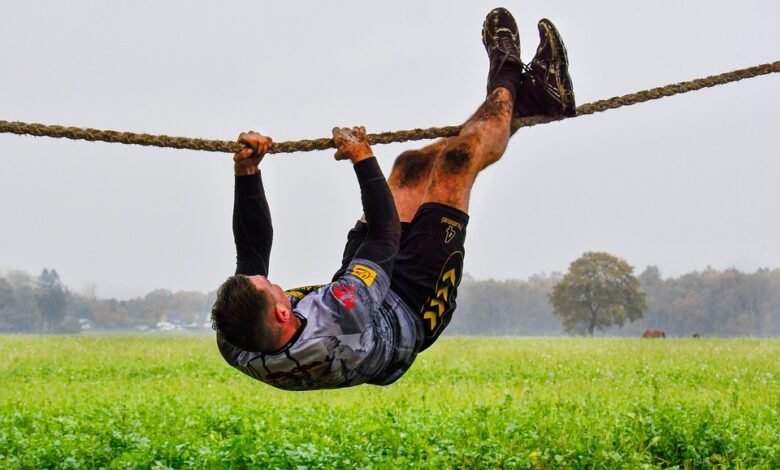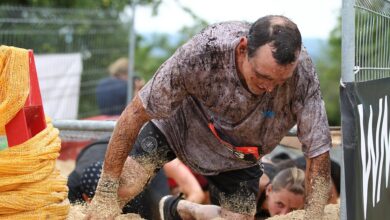A Quick Look at the Custom Wire Harness Assembly Process

Custom cable and wire harness assemblies are commonly used in a variety of applications and industries, including automotive, military, avionics, and large-scale computers. Each of these different applications requires a cable specifically designed to perform its function and withstand the hazards and conditions under which it will be operating. For each application, this may mean something radically different.
For instance, assemblies and harnesses used in large-scale industrial projects or military installations require cable assemblies that are rugged and can withstand the extreme temperatures, rain and mud, and even being run over by vehicles. On the other hand a cable assembly used to connect an array of servers together would need wire harnesses that are space-efficient and transmit data with a maximum of speed and a minimum of heat. These are just two examples of the disparity between specifications and requirements from one cable product to the next.
Depending on your business and what you need a cable assembly for, a custom cable specialist can consult with you to help you select the right materials and the right assembly process for any need. It may be helpful to make a detailed list of your requirements before meeting with your cabling consultant so that you have everything you need to get the best possible product. Here is a general idea of what the assembly process is like.
1. Wire Processing
The first step in the assembly process is to assemble all the tools and materials you will be using to build the wire harness. Next, you start with the individual wires that will make up the core and main transmitting agent of the wire. These wires will be stripped according to your exact specifications and have terminals applied to the end using a special wire processing machine. After that they are twisted for strength using a mechanical device.
2. Connectors
After the wire has been prepared and twisted to form the core of the cable, terminals will then be installed into whatever connector you have chosen for the application. There are hundreds of different types of connectors to serve different applications, be it coaxial, Ethernet, HDMI, or any other format that your application requires. Typically the terminals on each of a wire strand is fed into a larger connector using guide pins.
3. Insulation
Insulation is one of the biggest areas of the product’s design available for customization. Your insulation will likely need to include some form of thermal insulation to keep the wire core from getting to hot and burning through the exterior jacket of the wire. This may include a synthetic material and a foil jacket.
4. Jacket
Beyond the insulation of the wire, your wire’s jacket provides protection from exterior elements, be they extreme temperatures, excessively wet or excessively dry environments, or compression and crushing force from being walked on or driven over, sometimes by large machinery. Depending on your needs you can choose anything from a simple plastic sheathing, to a heavy duty coil-wrapped cable meant for military, oil and gas, and other heavy duty functions


